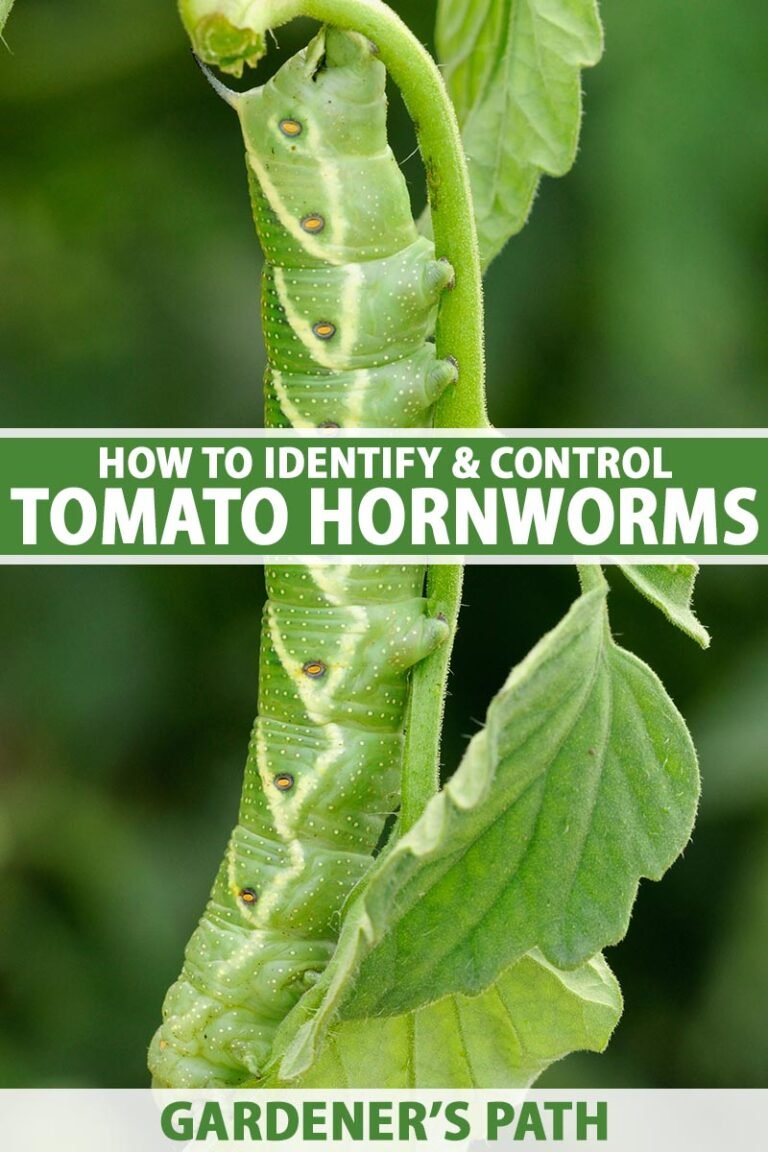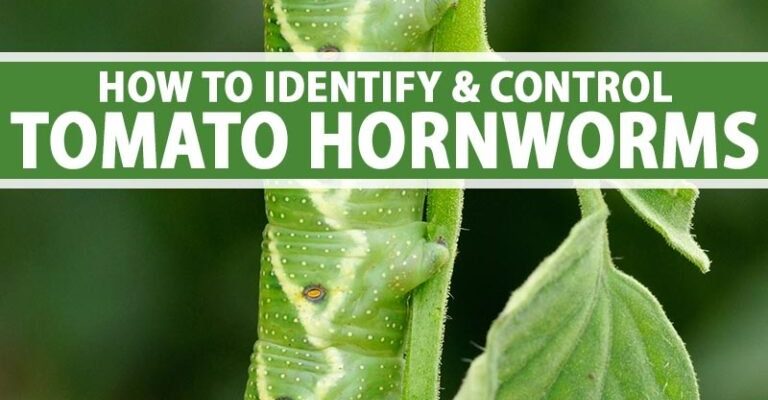
Think about it this way: It’s entirely possible to keep your garden healthy and thriving while protecting pollinators that help plants flourish in the first place. No one wants to start a war in their garden, especially when the bees are there to lend a hand. Let’s dive into some friendly yet effective methods for controlling hornworms without harming our precious bees.
Understanding Hornworms and Their Impact
Hornworms, specifically the tobacco hornworm and the tomato hornworm, are the larvae of certain moths. These critters can grow up to four inches long and have a knack for hiding on tomato plants, making them a sneaky little threat. **Why should you care?** Well, if left unchecked, these guys can defoliate and destroy your plants, leading to a disappointing harvest.
But here’s the twist: hornworms aren’t just pests; they also serve as food for various birds and other wildlife. So, controlling them is about balance. You need to act before they chomp through your plants but in a way that doesn’t disrupt the rest of the ecosystem, especially birds and bees that play crucial roles in pollination.
You might be wondering about the lifecycle of hornworms. They start as eggs laid by adult moths. Once they hatch, they enter their caterpillar phase, where they grow and eat voraciously. After a week or two, they’ll pupate and eventually turn into moths. This cycle means you’ll often see them in your garden during the warm months, typically from late spring to early fall.
Identifying Hornworms in Your Garden
Before you can control hornworms, you need to be able to identify them. These pests blend in remarkably well with the leaves of tomato plants, making them hard to spot. Here are some tips to help you recognize them:
- Appearance: Hornworms are bright green with a tapered tail and have white stripes along their sides. If you see something that looks like a mini dinosaur, it’s likely a hornworm.
- Damage Signs: Look for chewed leaves or missing foliage on your plants. Sometimes, you’ll find the “frass,” or droppings, left behind, which looks like tiny black pellets.
- Timing: Spotting them during their growth phase is crucial. Early detection means more efficient control.
Checking your plants regularly will help catch hornworms before they cause significant damage. Plus, it gives you a chance to enjoy the rest of your garden and all its beauty!
Naturally Deterring Hornworms
When you’re ready to tackle those hornworms, consider going natural. There are several methods you can use that won’t harm bees or other beneficial insects. Here are a few to try:
- Handpicking: While it sounds simple, handpicking hornworms can be effective. Wear gloves, since they can be a bit slimy, and drop them into a bucket of soapy water to kill them. This method allows you to keep an eye on your plants without using chemicals.
- Neem Oil: Derived from the seeds of the neem tree, neem oil acts as both a repellent and a pesticide. Mix it with water and spray your plants early in the morning or late in the evening to avoid bees. Just make sure not to apply it when the flowers are open.
- Companion Planting: Some plants naturally deter hornworms. Consider planting marigolds, basil, or garlic near your tomatoes. They can create an environment that hornworms just don’t like.
Using these methods can help keep your garden healthy without sacrificing the well-being of beneficial insects.
Beneficial Insects and Their Role
Now, let’s chat about the good guys in the garden—beneficial insects! When you’re thinking about controlling hornworms, remember that you don’t want to wipe out all insects. Bees, ladybugs, and lacewings are crucial for your garden’s ecosystem. Here’s why protecting them matters:
– **Pollination:** Bees are essential for pollinating many agricultural crops. Without them, we wouldn’t have many fruits and veggies. Keeping them safe means your plants will produce better.
– **Pest Control:** Ladybugs and lacewings feed on pests like aphids and even some caterpillars. By maintaining a healthy population of these insects, you can reduce the need for harmful methods to control pests.
So, when you approach pest control, focus on methods that keep these beneficial insects around. You want a thriving garden, not an insect graveyard!
Organic Pesticides and Other Alternatives
If the natural methods aren’t cutting it, you can always turn to organic pesticides designed to target hornworms specifically. Here are some options:
– **BT (Bacillus thuringiensis):** This is a natural bacterium that targets caterpillars. When hornworms ingest it, they can’t eat anymore and eventually die. It’s safe for bees and other beneficial insects since it only affects specific pests.
– **Insecticidal Soap:** This can be effective against soft-bodied insects but also works on young hornworms. Just check that it doesn’t harm your plants first and apply it when bees are less active, like at dusk.
– **Diatomaceous Earth:** This powder can deter all sorts of garden pests. Sprinkle some around your plants, and when hornworms crawl over it, they’ll dry out and die. Just remember to reapply after rain.
Using these products in conjunction with other methods can create a robust pest management strategy while keeping our bee friends buzzing happily nearby.
Creating a Healthy Garden Ecosystem
Creating a garden that controls pests while supporting wildlife requires a few foundational practices:
1. **Biodiversity:** Plant a variety of species. The more diverse your garden, the more habitats for beneficial insects. Plus, it looks gorgeous!
2. **Soil Health:** Healthy soil leads to strong plants. Use compost and organic matter to nourish your garden, making your plants more resilient against pests.
3. **Water Management:** Ensure your plants are neither overnor under-watered. A healthy plant is more capable of withstanding pest attacks.
4. **Regular Monitoring:** Keep an eye on your plants for any signs of distress. Early detection of both pests and diseases means quicker solutions and less damage overall.
By focusing on these aspects, you create an environment where hornworms are less likely to thrive, and your plants can flourish alongside the bees.
Final Thoughts
Controlling hornworms without harming bees is not just about getting rid of a pest; it’s about creating a harmonious garden ecosystem. By using natural methods and being mindful of beneficial insects, you can protect your plants while allowing nature to do its thing. Remember, gardening is a journey of learning. You may need to try a few strategies before finding what works best for your space.
So, next time you’re faced with a hornworm invasion, remember that a balanced approach is key. Happy gardening, and may your plants thrive along with the bees!

